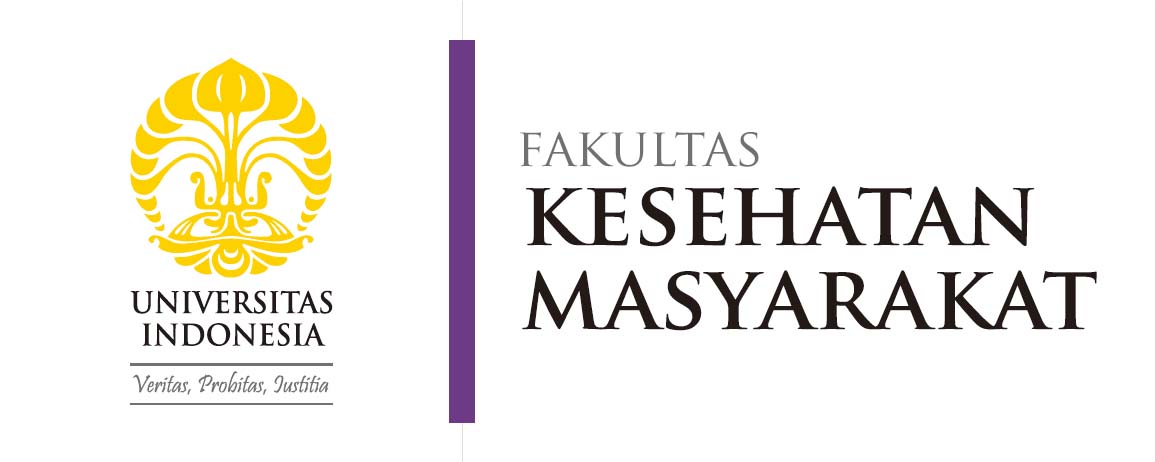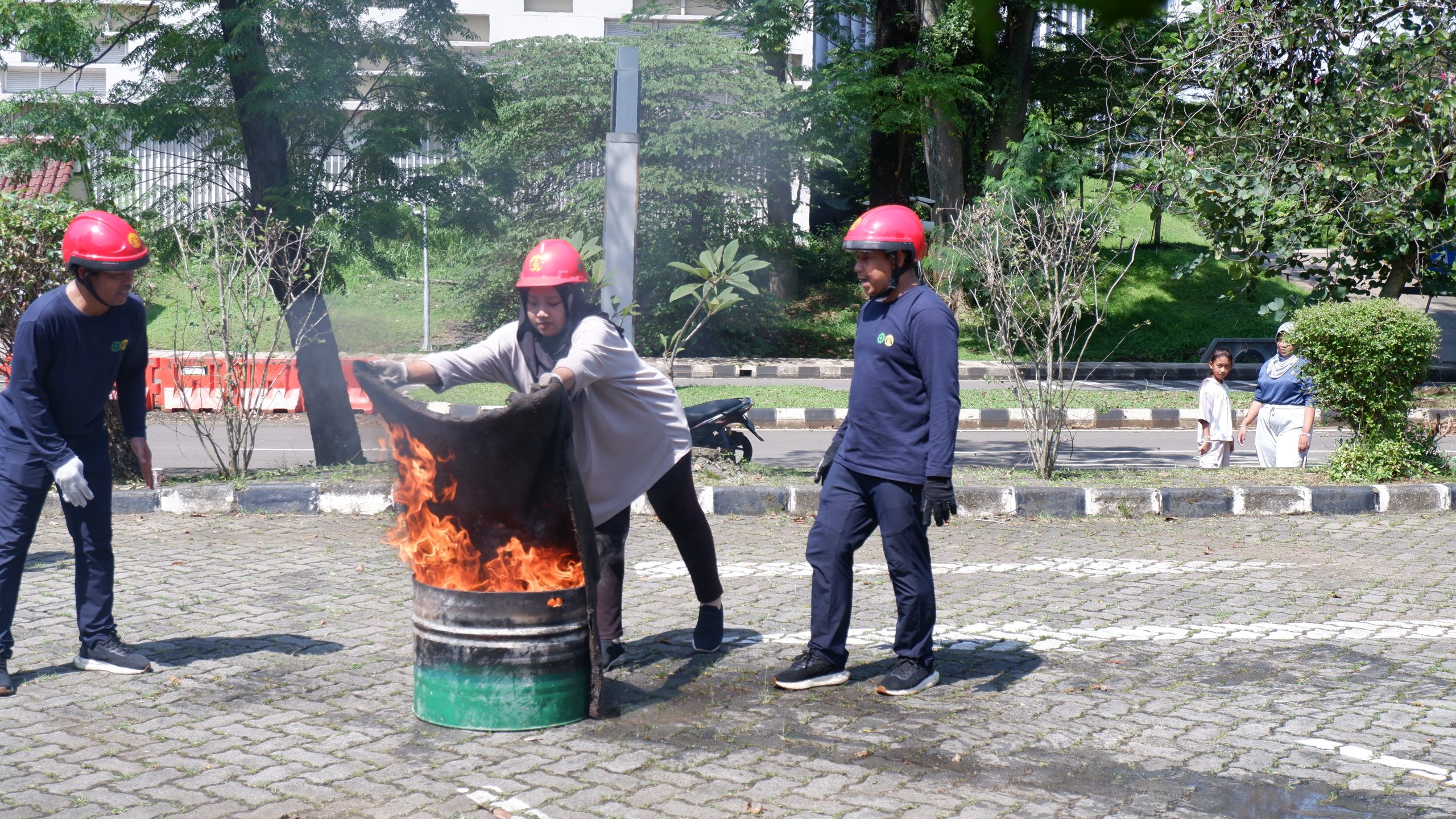On Sunday, May 11, 2025, the Faculty of Public Health, Universitas Indonesia (FPH UI), conducted a Fire Emergency Response and Small Fire Suppression Training Using Fire Extinguishers (APAR). The training was attended by 23 administrative staff and security personnel, as well as 9 canteen vendors. The session included both theoretical instruction and hands-on practice, held in Room A101 and the A Parking Area of FPH UI.
The training featured speakers from the UI Safety Office (DKK UI), including Devi Parthina Wardhani, S.K.M., M.K.K.K., Coordinator of Fire and Emergency Prevention Management; Nida Hanifah Nasir, S.K.M., M.K.K.K., Assistant Coordinator of Fire and Emergency Prevention Management; along with five facilitators from the same office.
This training aimed to equip administrative personnel with the knowledge and skills to respond to fires quickly and effectively. Participants were introduced to the basic fire theory, focusing on the four elements of the Fire Tetrahedron: heat, fuel, oxygen, and the chain reaction. Understanding this theory allows participants to apply effective fire interruption methods such as cooling, fuel removal (starving), and oxygen separation (smothering).
The training materials also covered both passive and active fire protection systems. Passive protection involves fire-resistant building features such as fire doors and compartmentalized barriers, while active protection includes detection and suppression systems like smoke detectors, sprinklers, and fire extinguishers (APAR). “Understanding these systems is crucial so that participants can identify the equipment available in their work environment and optimize their use during emergencies,” said Devi Parthina Wardhani.
As a portable firefighting tool, APAR offers advantages in ease of use and mobility, allowing one person to operate it quickly when a fire is still small. Participants were trained to identify different types of extinguishers, ranging from wet media such as water and foam, to dry media like dry chemical powder and CO₂, tailored to the classifications of fires (classes A, B, C, and D). The training also emphasized the importance of proper placement and regular maintenance of extinguishers to ensure readiness at all times.
Beyond fire extinguisher use, the training also equipped participants with basic evacuation skills and the use of other safety tools such as fire blankets. Attendees learned emergency response procedures, including fire detection, alarm activation, evacuation processes, and post-fire investigation. They were also reminded to stay calm in the presence of smoke and to be familiar with building layouts to find the fastest exit routes.
This training is expected to enhance the preparedness of FPH UI’s administrative staff and canteen vendors in facing potential fire hazards on campus. (wrk)

